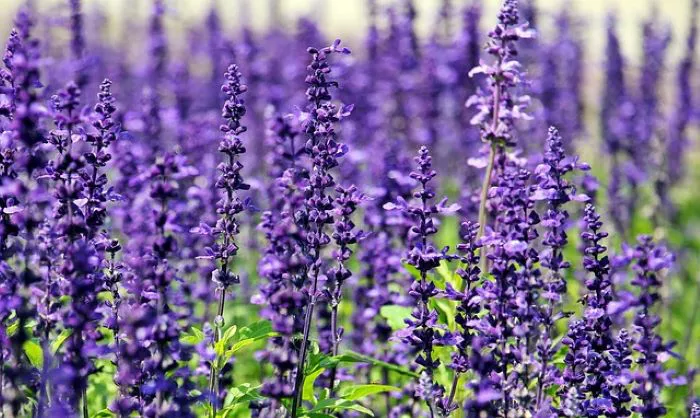Lavender is a beloved flowering plant known for its fragrant blooms and versatile uses. It belongs to the genus Lavandula, which encompasses several species and hybrids. This article explores what type of flower lavender is, its characteristics, uses, and the various species within the Lavandula genus.
Introduction to Lavender
Lavender is primarily recognized for its beautiful purple flowers and aromatic leaves. It is native to the Mediterranean region but is now cultivated worldwide. The plant has a long history of use in cooking, medicine, and aromatherapy. Lavender is appreciated not only for its scent but also for its ability to attract pollinators, making it a popular choice in gardens.
Botanical Classification of Lavender
Lavender belongs to the family Lamiaceae, which is commonly known as the mint family. Within this family, the genus Lavandula includes around 30 species. The most commonly cultivated species are English lavender (Lavandula angustifolia), French lavender (Lavandula dentata), and Spanish lavender (Lavandula stoechas). Each species has distinct characteristics that contribute to its popularity.
Characteristics of Lavender Flowers
Lavender flowers are small, tubular, and typically arranged in dense spikes. The blooms can vary in color from pale lilac to deep purple. Some species also produce white or pink flowers. Each flower consists of two lips, with the upper lip having two lobes and the lower lip having three lobes. The flowers are rich in nectar, making them attractive to bees and butterflies.
Flowering Season
Lavender usually flowers in late spring to early summer. The exact timing can vary depending on the species and growing conditions. English lavender typically blooms earlier than French and Spanish varieties. The flowering period generally lasts for several weeks, during which the plant is a vibrant focal point in gardens.
Uses of Lavender Flowers
Lavender flowers are highly valued for their fragrance and therapeutic properties. They are commonly used in various applications, including:
Aromatherapy: Lavender essential oil is extracted from the flowers and is widely used for its calming and relaxing effects. It is often used in diffusers, massage oils, and bath products.
Culinary Uses: Lavender flowers are edible and can be used to flavor dishes, teas, and desserts. They add a unique floral note to culinary creations.
Medicinal Properties: Lavender has been used in traditional medicine for centuries. It is believed to have anti-inflammatory, antiseptic, and calming properties. Lavender tea is often consumed for its soothing effects.
Gardening: Lavender is a popular choice for ornamental gardens due to its beauty and ability to attract pollinators. It is also drought-tolerant, making it suitable for low-maintenance gardens.
Popular Species of Lavender
Several species of lavender are commonly cultivated, each with unique characteristics:
English Lavender (Lavandula angustifolia): This species is known for its sweet fragrance and is often used in perfumes and culinary applications. It typically has narrow leaves and produces long spikes of purple flowers. English lavender is hardy and can tolerate colder climates.
French Lavender (Lavandula dentata): Recognizable by its distinct, toothed leaves, French lavender has a more pungent scent compared to English lavender. It produces clusters of purple flowers with prominent bracts. This species thrives in warmer climates and is often used in ornamental gardens.
Spanish Lavender (Lavandula stoechas): This species is known for its unique flower shape, which features a tuft of bracts at the top of each spike. Spanish lavender has a strong fragrance and is often used in potpourri and sachets. It is well-suited for Mediterranean climates.
Lavandin (Lavandula x intermedia): A hybrid of English and French lavender, lavandin is known for its high essential oil content. It produces long stems with dense flower spikes. Lavandin is commonly grown for commercial oil production due to its robust growth and high yield.
Growing Lavender
Lavender is relatively easy to grow, but it requires specific conditions to thrive. It prefers full sun and well-drained soil with a slightly alkaline pH. Overwatering can lead to root rot, so it is essential to allow the soil to dry out between waterings. Lavender plants benefit from regular pruning to promote bushy growth and enhance flowering.
Conclusion
Lavender is a remarkable flowering plant that belongs to the genus Lavandula. Known for its fragrant flowers and versatility, lavender has captured the hearts of gardeners, chefs, and aromatherapy enthusiasts alike. With its various species and uses, lavender continues to be a cherished addition to gardens and homes around the world. Understanding what type of flower lavender is and how to cultivate it can enhance your appreciation for this beautiful plant. Whether used for its scent, culinary applications, or ornamental value, lavender remains a timeless favorite.


